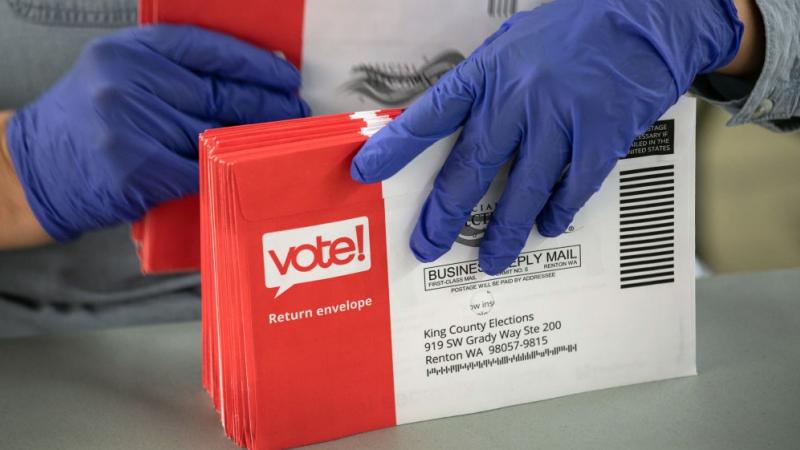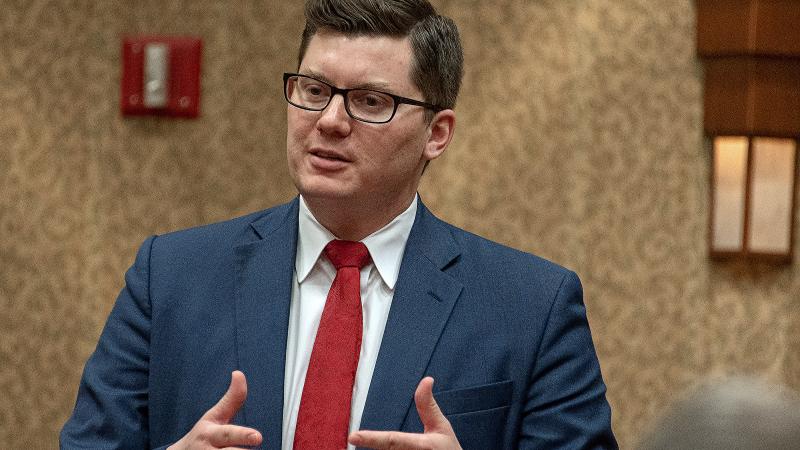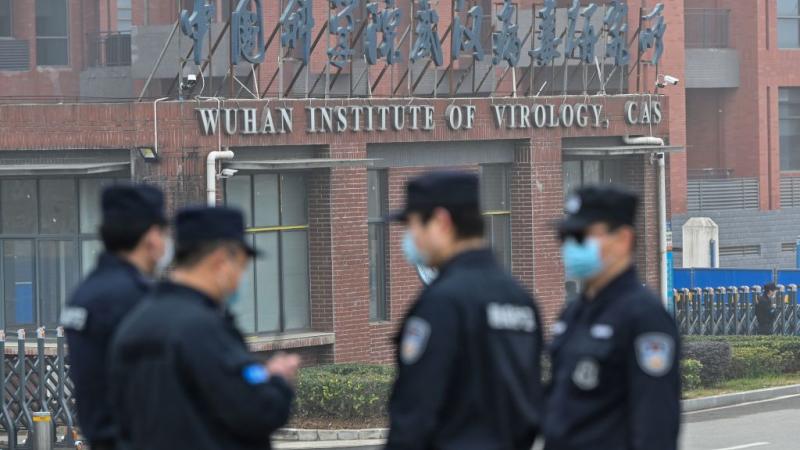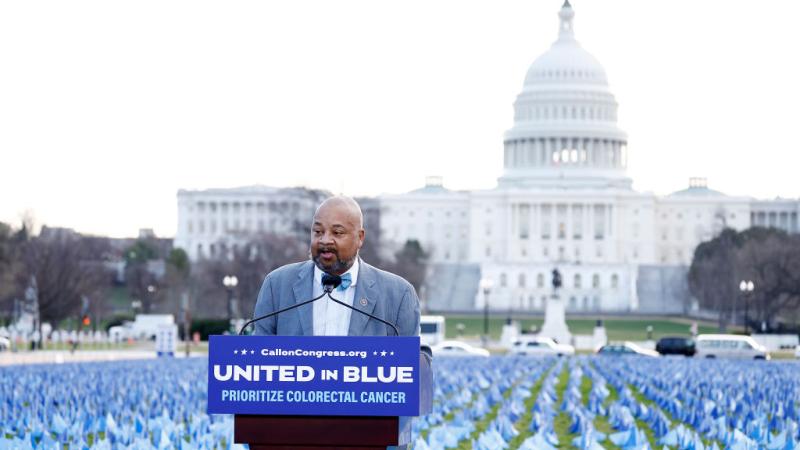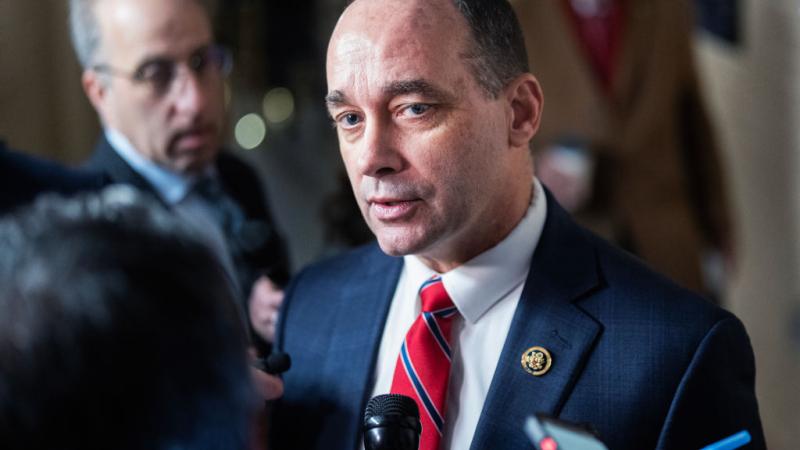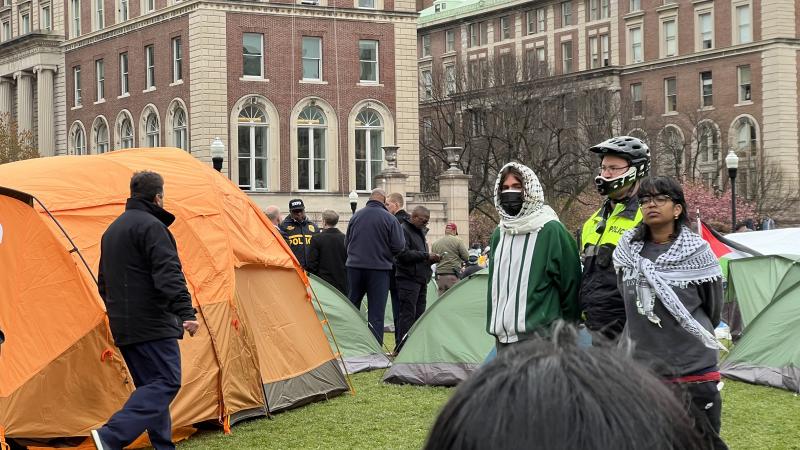Watchdog reports ICE failing to prevent employment of unauthorized workers
The watchdog's audit found multiple instances where ICE officials did not follow up on warning notices issued to employers.
The Homeland Security Inspector General identified multiple problems with the U.S. Immigration and Customs Enforcement (ICE) Worksite Enforcement (WSE) program aimed at ensuring that businesses do not employ people unauthorized to work in the U.S.
The Immigration Reform and Control Act (IRCA) of 1986 bars the hiring of anyone unauthorized to work in the country and "requires employers to obtain from each potential employee a completed U.S. Citizenship and Immigration Services’ Form I-9 Employment Eligibility Verification (I-9) and verify employment documents," the watchdog reported.
"ICE officials did not consistently enforce the ICE 2008 Guide to Administrative Form I-9 Inspections and Civil Monetary Penalties (I-9 Guide) against employers," according to the report. "This occurred because the guide does not provide detailed instructions on justifying civil fine reductions, issuing compliance letters, or performing follow-up inspections on warning notices. As a result, the WSE program does not effectively deter employers from violating employment immigration laws and hiring unauthorized alien workers (UAW)."
One of the issues highlighted in the report was the reduction of fines levied against employers without a recorded justification for the reductions. An employer in one such instance faced a fine of around $66,000 that was essentially cut in half without any justification:
"Employer 213 was assessed a fine of about $66,000 because I-9 records were not prepared or completed properly," according to the watchdog. "ICE also identified eight UAWs during the inspection. Subsequently, WSE reduced the employer’s fine to about $33,000 (50 percent), but did not include a justification in the case file."
The watchdog's audit found multiple instances where ICE officials did not follow up on warning notices issued to employers, even though such re-inspections are demanded by ICE guidance within six months of the warning notice.
"Of the 161 cases we reviewed, ICE officials did not follow up on 72 of 74 (97 percent) warning notices. Of the two follow-up inspections conducted, one took place within 6 months and the other was done more than 2 years after issuance of the warning notice," there report noted.
The report noted that ICE's IMAGE outreach program has cost millions of dollars but failed to attract a substantial number of employers. While the program has cost an estimated average of $1.8 million each year during fiscal years 2016-2018, just 433 employers have joined.
"Since 2006, ICE officials have reported conducting more than 20,000 IMAGE presentations to more than 131,000 employers, by participating at trade shows, conferences, and industry events, as well as conducting numerous live and virtual trainings," the report says.
The report indicated that in 48 out of 161 cases the watchdog reviewed, there were 1,129 unauthorized workers found.
"Of the 1,129 UAWs, ICE officials arrested only 5 individuals because of outstanding criminal warrants, such as unlawful reentry or active ERO warrants," the report says. "However, ICE officials did not administratively arrest any of the remaining 1,124 UAWs and allowed them to stay in the United States...even though ICE officials determined that some of these UAWs may have used fraudulent immigration documents, alien numbers, or social security numbers to obtain employment, which may be considered a criminal offense," the report noted.
"The I-9 Guide permits ICE officials to exercise discretion when making administrative arrests. However, the fact that ICE officials arrested 5 individuals with prior criminal records and did not consider arresting the remaining 1,124 suspected UAWs –– even when the officials found evidence of fraudulent documents –– does not comply with the overall intent of the requirement in the I-9 Guide to take timely and affirmative enforcement action," the report stated. "The I-9 Guide, in these circumstances, includes steps ICE officials follow to notify employers of suspected unauthorized workers, but the I-9 Guide does not include guidance on how or under what circumstances ICE officials should administratively arrest suspected UAWs."
The watchdog pointed out that the I-9 inspection guidance has not seen an update in more than a decade:
"ICE’s I-9 inspection guidance has not been updated in the past 12 years. Without additional guidance regarding the protocols and processes to perform administrative arrests of UAWs identified during I-9 inspections and verify the identity of individuals using fraudulent documentation, ICE officials cannot ensure that these individuals do not have criminal records. Additionally, ICE officials cannot ensure UAWs will not remain free to seek employment elsewhere," the report said.



